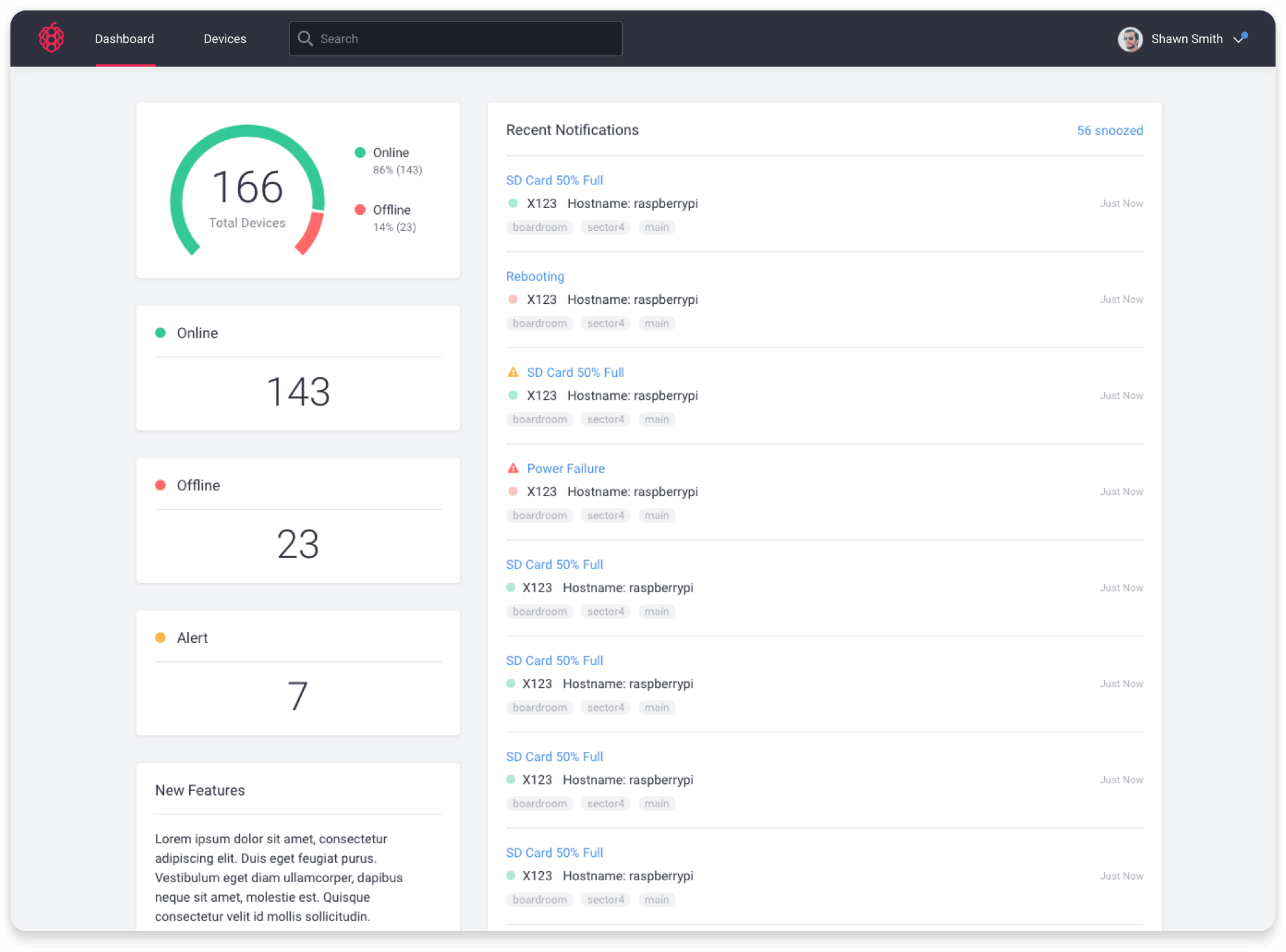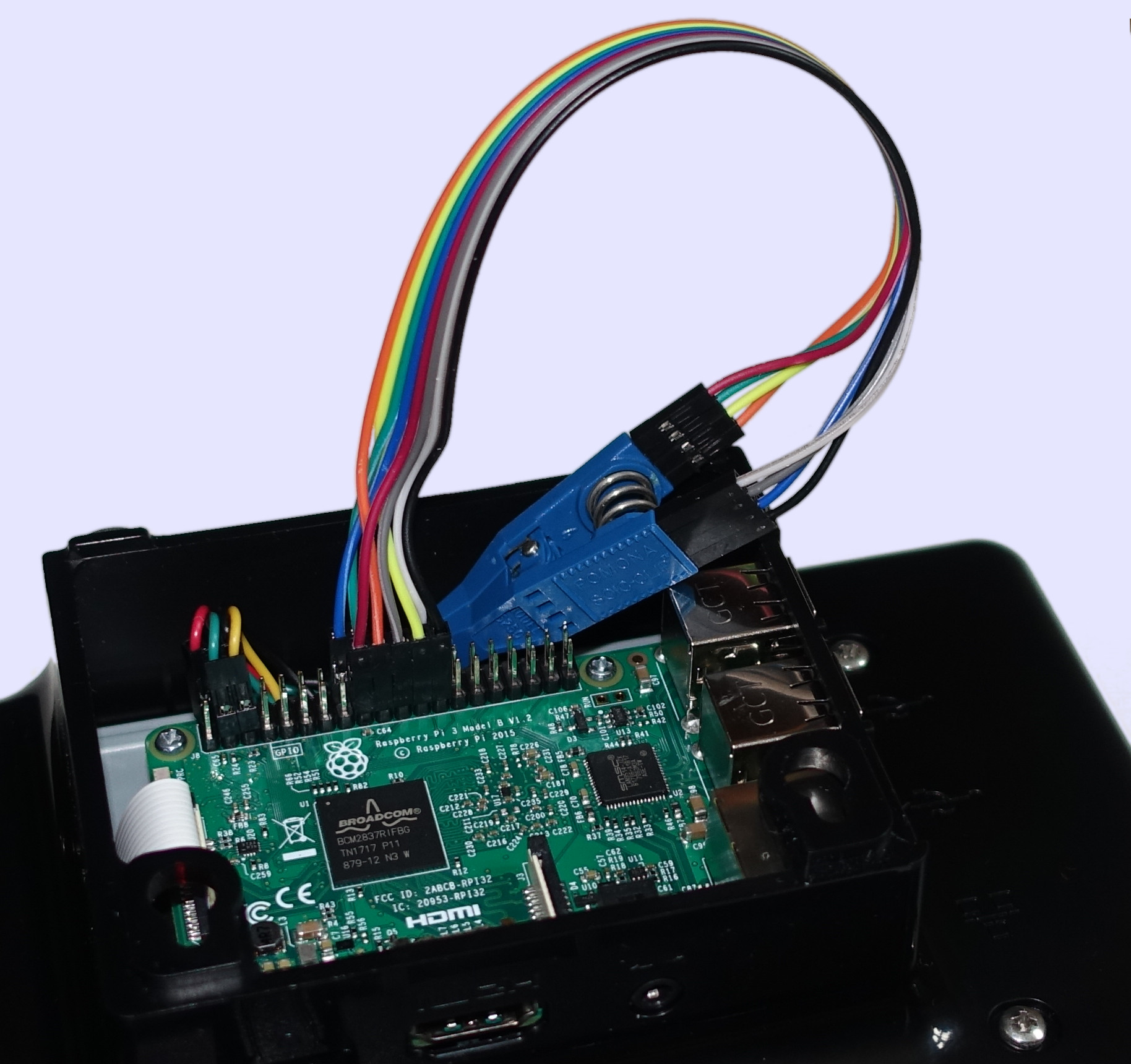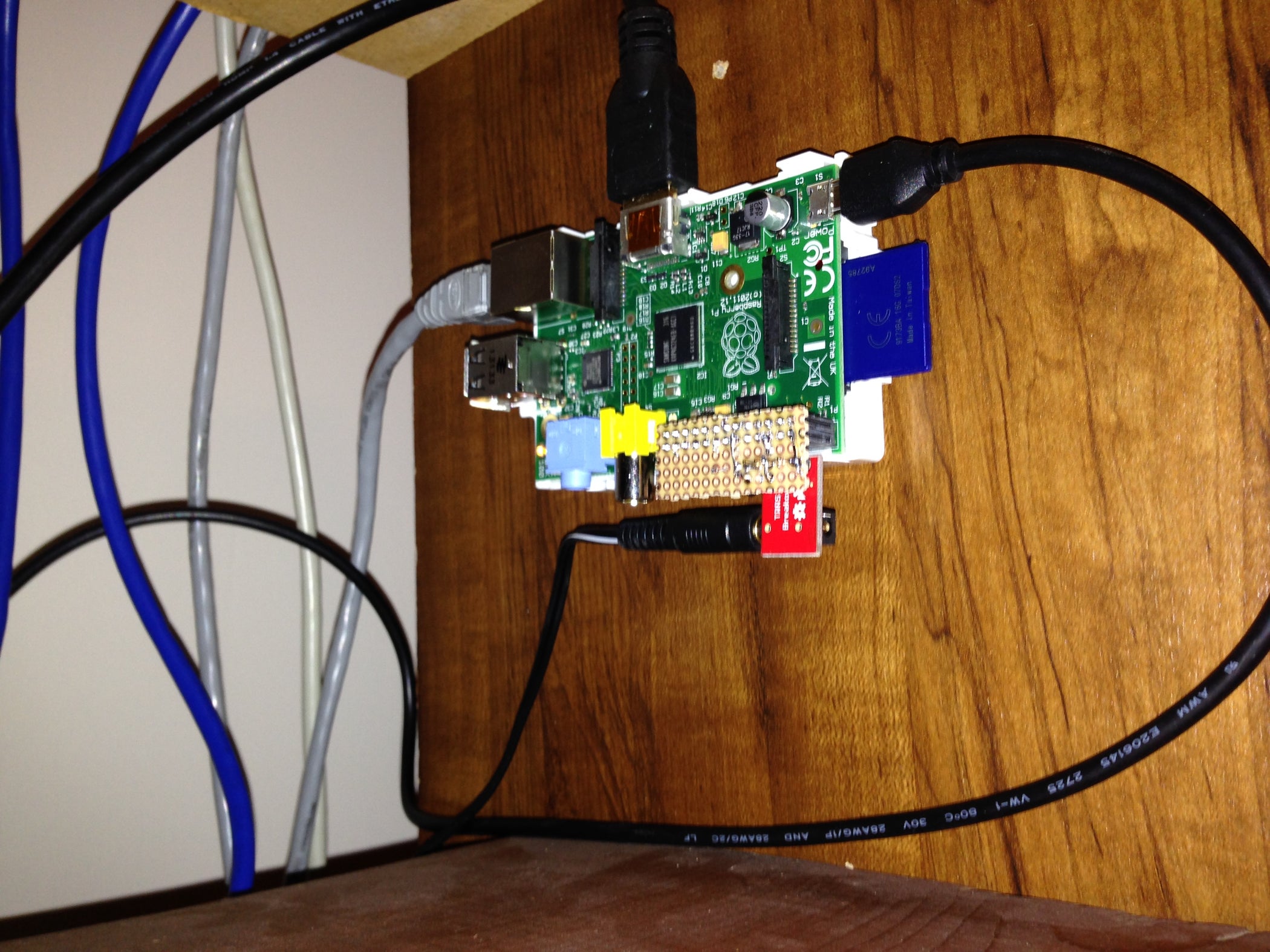Raspberry Pi Management Platform: The Ultimate Guide For Tech Enthusiasts
Imagine this—you’ve got a bunch of Raspberry Pi devices spread across different locations, and you’re trying to manage them all without losing your mind. Sound familiar? Enter Raspberry Pi management platform, the game-changer that makes your life so much easier. Whether you’re a hobbyist tinkering with home automation or a professional running an enterprise-level project, managing multiple Raspberry Pi devices can be a real challenge. But don’t sweat it—we’ve got you covered with everything you need to know about this powerful tool.
So, what exactly is a Raspberry Pi management platform? Simply put, it’s a software solution designed to help you control, monitor, and maintain your Raspberry Pi devices from a single interface. Think of it as the brains behind your operations, keeping everything in check and ensuring your projects run smoothly. This guide will dive deep into the world of Raspberry Pi management platforms, exploring their features, benefits, and how they can revolutionize the way you work.
But before we get into the nitty-gritty, let’s talk about why this is such a big deal. The Raspberry Pi community has exploded over the years, with millions of users worldwide leveraging these tiny computers for everything from IoT projects to media centers. Managing all those devices manually? Not exactly scalable. That’s where a proper management platform comes in, offering automation, remote access, and centralized control. Now that’s what we call progress!
- Adam Levine Maroon 5 New Music Family Read Now
- Top Chefs Marcel Vigneron Marriage Baby Career Updates
Why You Need a Raspberry Pi Management Platform
If you’re still managing your Raspberry Pi devices one by one, you’re doing it wrong. A Raspberry Pi management platform eliminates the hassle of manual configuration and monitoring, saving you time and effort. Here’s why you should consider making the switch:
- Efficiency Boost: Automate repetitive tasks like updates, backups, and security checks.
- Centralized Control: Manage multiple devices from a single dashboard, no matter where they’re located.
- Scalability: Easily add new devices without compromising performance.
- Improved Security: Keep your devices protected with regular updates and real-time monitoring.
Let’s face it—managing a growing number of Raspberry Pi devices can quickly become overwhelming. A management platform streamlines the process, allowing you to focus on what really matters: building awesome projects.
Key Features of a Raspberry Pi Management Platform
Not all Raspberry Pi management platforms are created equal. Here are some essential features to look for when choosing the right tool for your needs:
- Kevin Mcgarry Kayla Wallace Married When Calls The Heart
- Murfreesboro Tn Obituaries Recent Notices Tributes
Remote Access and Control
Being able to remotely access and control your Raspberry Pi devices is a game-changer. Whether you’re troubleshooting a device from across the globe or deploying software updates, remote access ensures you’re always in control.
Automated Updates
Keeping your devices up to date is crucial for performance and security. A good management platform will handle this for you, ensuring your Raspberry Pi devices are always running the latest software.
Device Monitoring
Real-time monitoring gives you visibility into the status of your devices, helping you identify and resolve issues before they become major problems.
Security Features
With cyber threats on the rise, having robust security features in your management platform is a must. Look for tools that offer encryption, firewalls, and intrusion detection.
Popular Raspberry Pi Management Platforms
Now that you know why a management platform is essential, let’s explore some of the top options available:
BalenaCloud
BalenaCloud is one of the most popular Raspberry Pi management platforms out there. It offers remote device management, automated updates, and a user-friendly interface. Plus, it supports a wide range of devices, making it a versatile choice for both beginners and pros.
Fleet
Fleet is another great option, especially if you’re working on IoT projects. It provides features like device management, software updates, and monitoring, all from a sleek dashboard. Fleet is also open-source, giving you the flexibility to customize it to your needs.
Raspberry Pi Imager
While not a full-fledged management platform, Raspberry Pi Imager is a handy tool for setting up and managing your devices. It allows you to install custom operating systems and configure settings with ease.
How to Choose the Right Platform
With so many options available, selecting the right Raspberry Pi management platform can be overwhelming. Here’s a checklist to help you make an informed decision:
- Consider your project requirements—do you need advanced features or something more basic?
- Check for compatibility with your devices and operating systems.
- Look for user reviews and testimonials to gauge the platform’s reliability.
- Assess the cost—some platforms offer free tiers, while others require a subscription.
Remember, the best platform for you depends on your specific needs and budget. Take the time to research and test different options before committing.
Setting Up Your Management Platform
Once you’ve chosen a platform, the next step is setting it up. Here’s a quick guide to get you started:
Step 1: Account Creation
Most platforms require you to create an account. This usually involves providing some basic info and verifying your email address.
Step 2: Device Registration
After setting up your account, you’ll need to register your Raspberry Pi devices. This process typically involves generating a unique identifier for each device.
Step 3: Configuration
With your devices registered, it’s time to configure settings like network connections, software updates, and security preferences.
Best Practices for Managing Raspberry Pi Devices
Having a management platform is great, but there are some best practices you should follow to maximize its effectiveness:
- Regularly back up your data to prevent loss in case of device failure.
- Keep your devices updated to ensure optimal performance and security.
- Monitor device performance regularly to catch issues early.
- Use strong passwords and enable two-factor authentication for added security.
By following these practices, you’ll ensure your Raspberry Pi devices are running at their best and protected from potential threats.
Case Studies: Real-World Applications
Seeing how others have successfully implemented Raspberry Pi management platforms can provide valuable insights. Here are a couple of case studies to inspire you:
Case Study 1: Smart Home Automation
A homeowner used BalenaCloud to manage multiple Raspberry Pi devices for their smart home system. The platform allowed them to remotely control lights, thermostats, and security cameras, resulting in significant energy savings and increased convenience.
Case Study 2: IoT Farming
A farmer leveraged Fleet to monitor soil moisture levels and automate irrigation systems using Raspberry Pi devices. The platform’s real-time monitoring capabilities helped optimize water usage and improve crop yields.
Future Trends in Raspberry Pi Management
The world of Raspberry Pi management is constantly evolving. Here are some trends to watch out for:
- Artificial Intelligence: AI-powered platforms will offer predictive maintenance and automated decision-making.
- Edge Computing: As IoT devices become more prevalent, edge computing will play a bigger role in managing data locally.
- Cloud Integration: Cloud-based platforms will continue to grow, offering more scalability and flexibility.
Keeping up with these trends will help you stay ahead of the curve and make the most of your Raspberry Pi projects.
Conclusion
In a nutshell, a Raspberry Pi management platform is a must-have for anyone serious about managing multiple devices efficiently. From remote access and automated updates to real-time monitoring and enhanced security, these platforms offer a wealth of features to simplify your life.
So, what are you waiting for? Dive into the world of Raspberry Pi management and take your projects to the next level. And don’t forget to share your experiences in the comments below—we’d love to hear how you’re using these platforms to revolutionize your tech setup!
Table of Contents
- Why You Need a Raspberry Pi Management Platform
- Key Features of a Raspberry Pi Management Platform
- Popular Raspberry Pi Management Platforms
- How to Choose the Right Platform
- Setting Up Your Management Platform
- Best Practices for Managing Raspberry Pi Devices
- Case Studies: Real-World Applications
- Future Trends in Raspberry Pi Management
- Conclusion
- Did Image Show Nazi Salute Musk Controversy Explained
- Feb 14 2025 Your Daily Horoscope Zodiac Insights

Raspberry Street Raspberry Pi IoT Management Platform

Remote Raspberry Pi Management Top Platforms & Tools!

Discover The Best Free Remote Raspberry Pi Management Platform Today